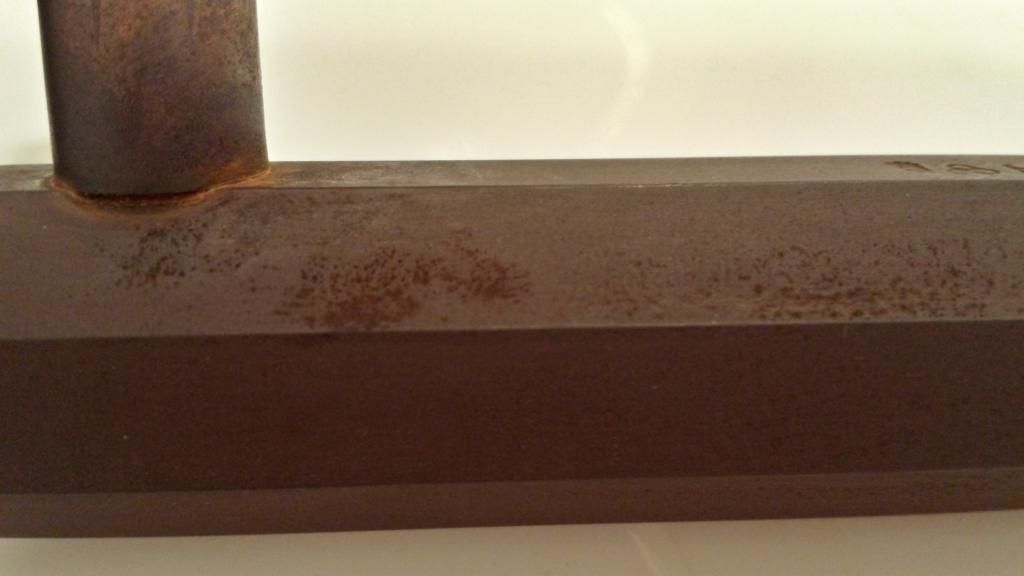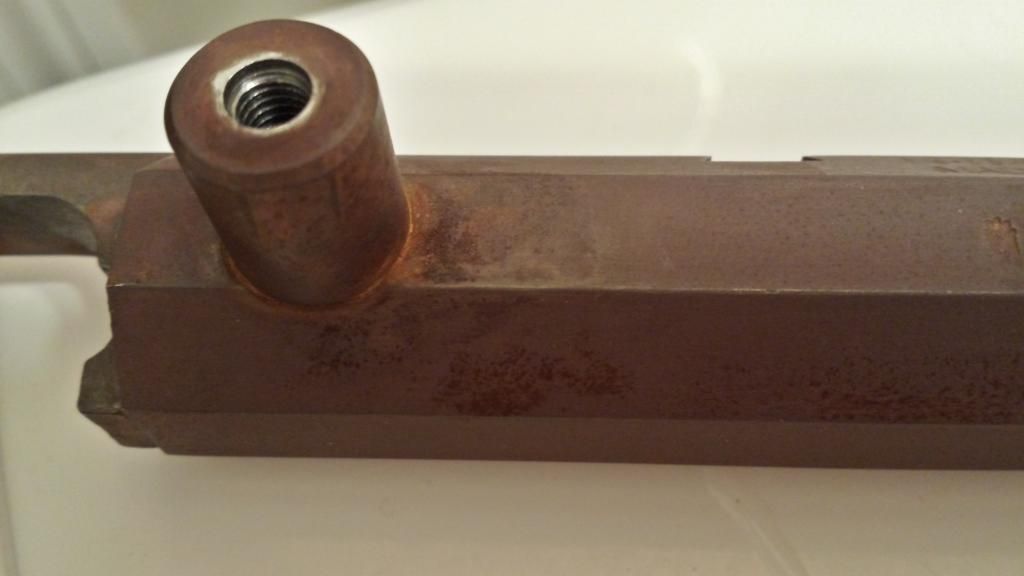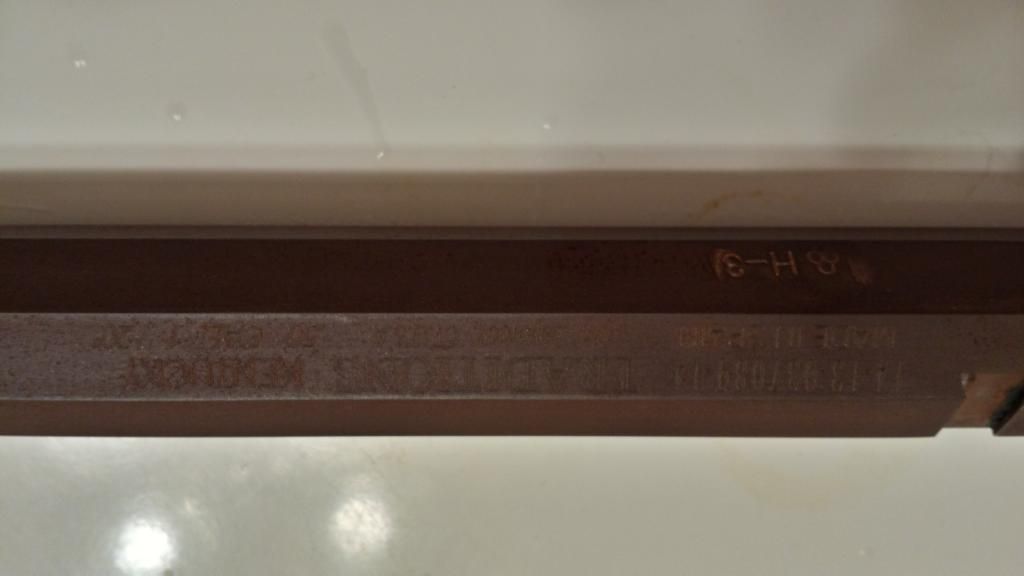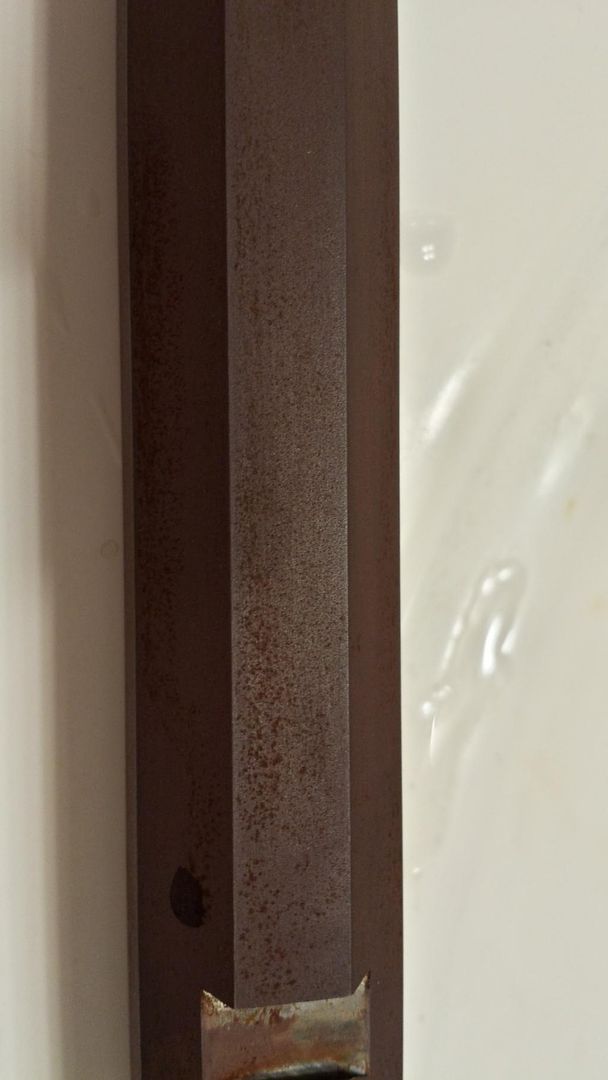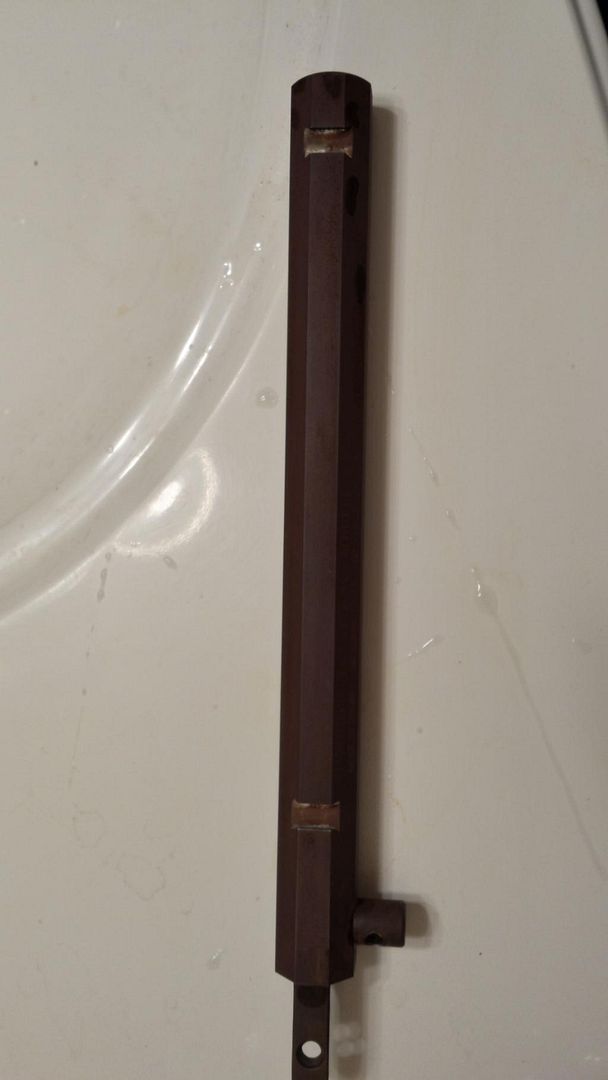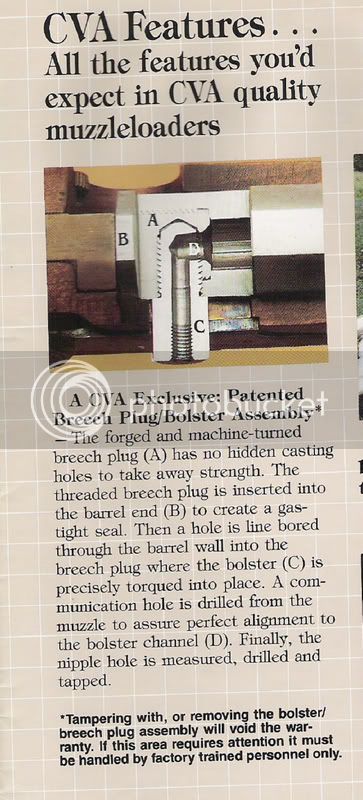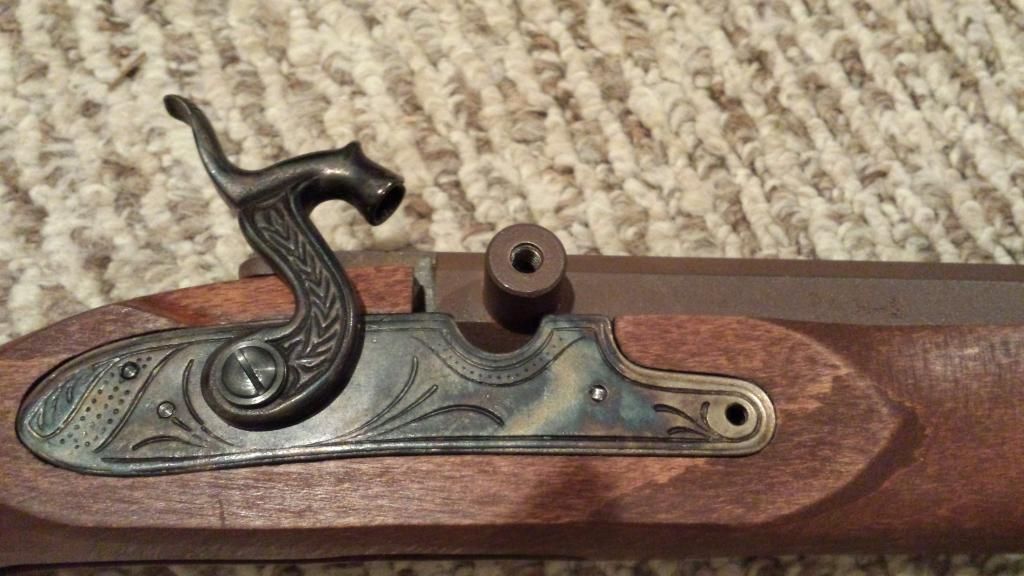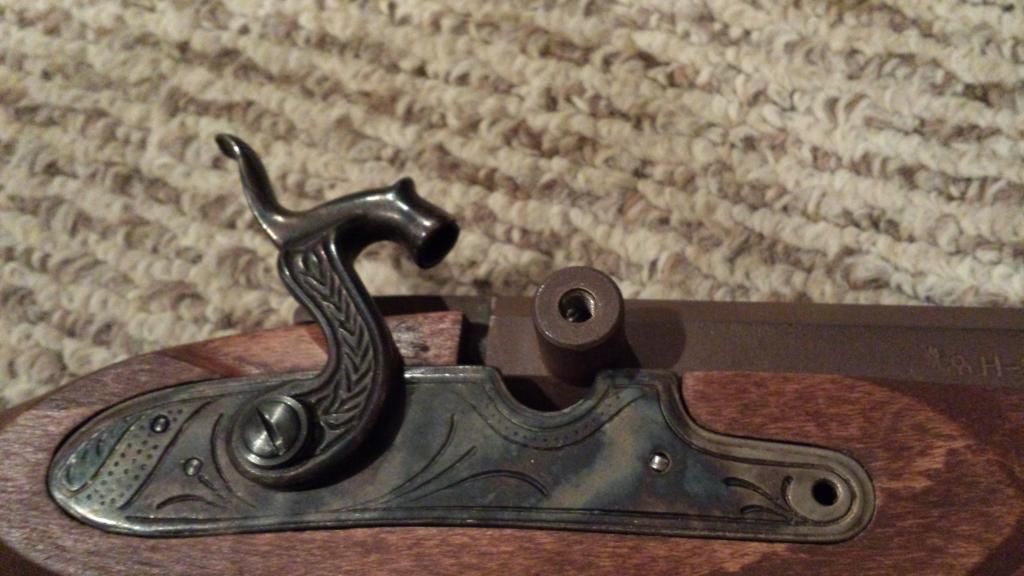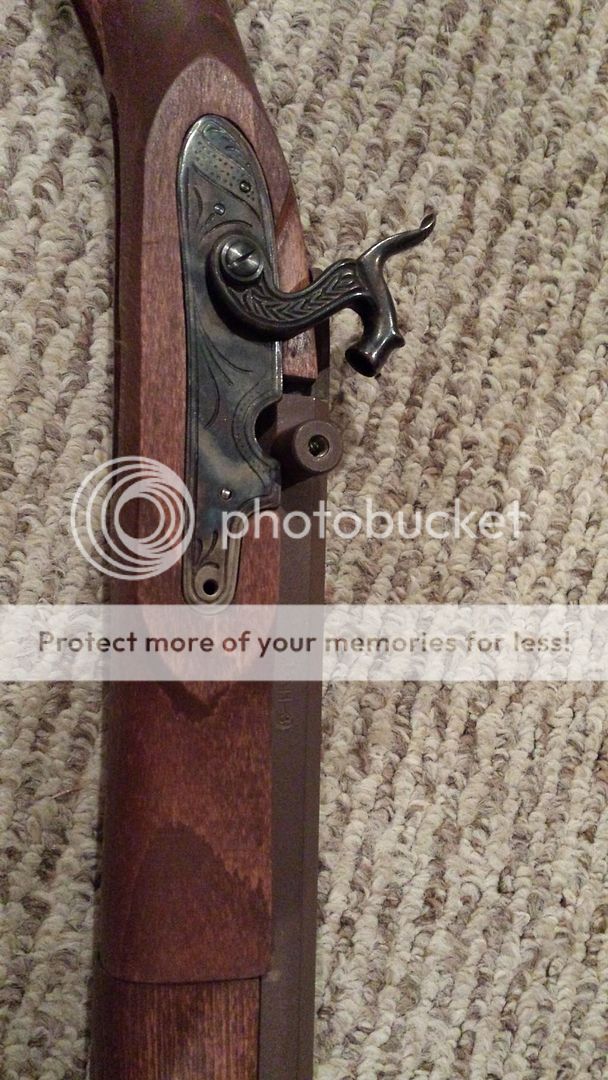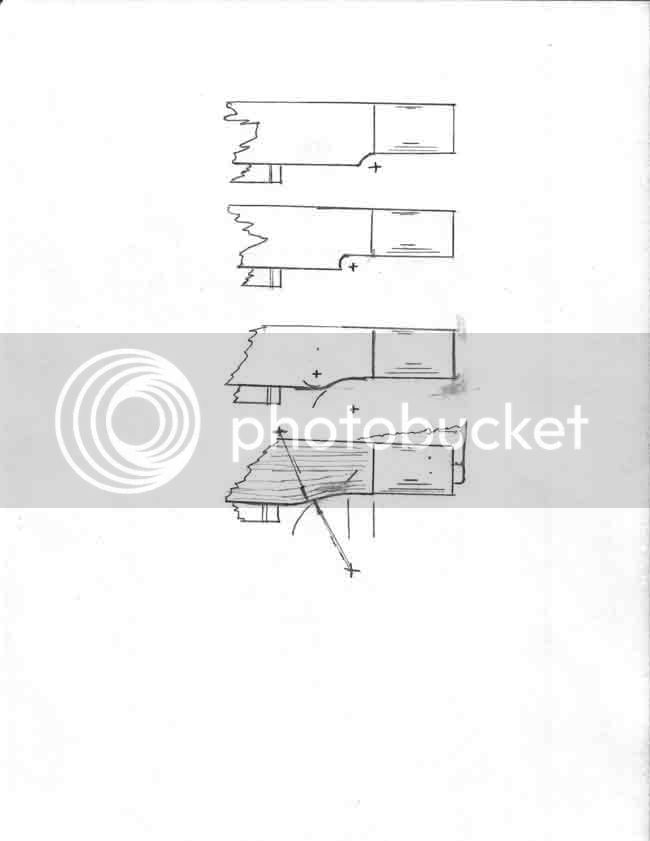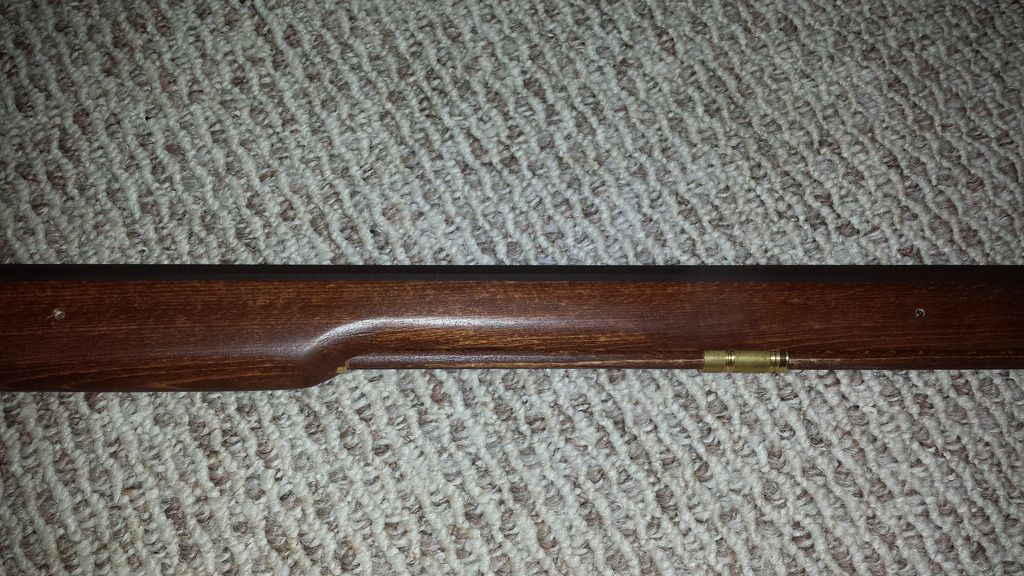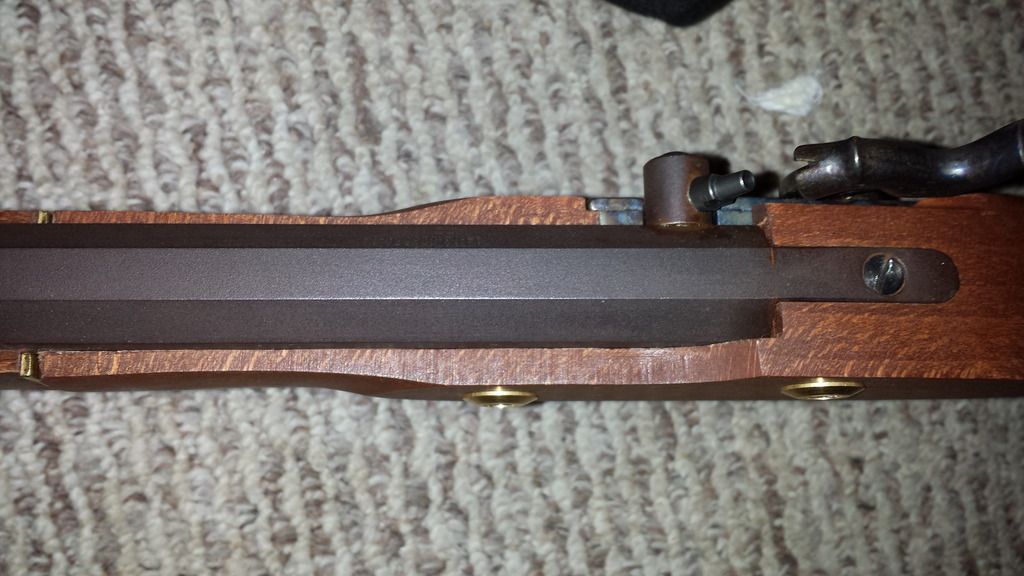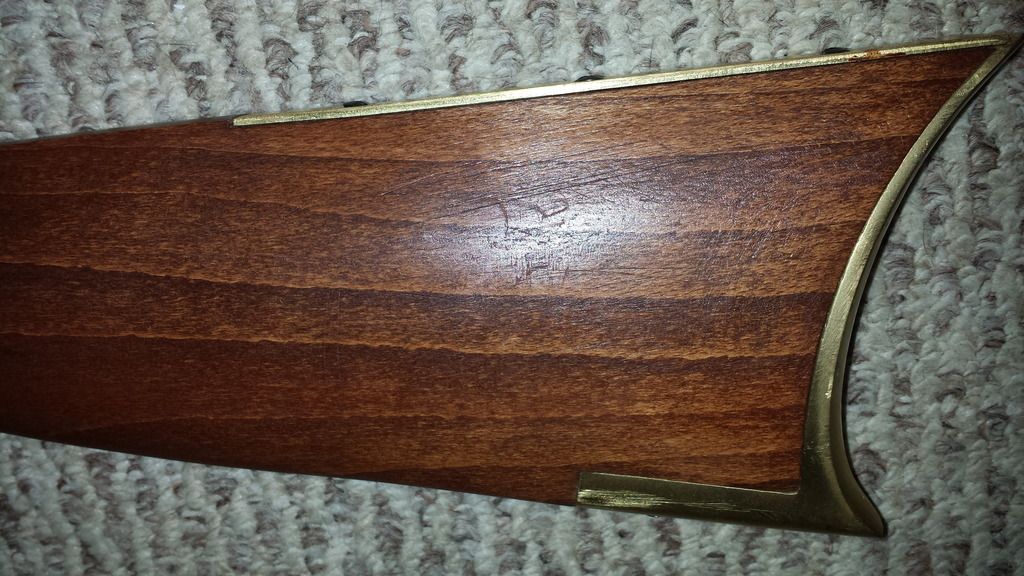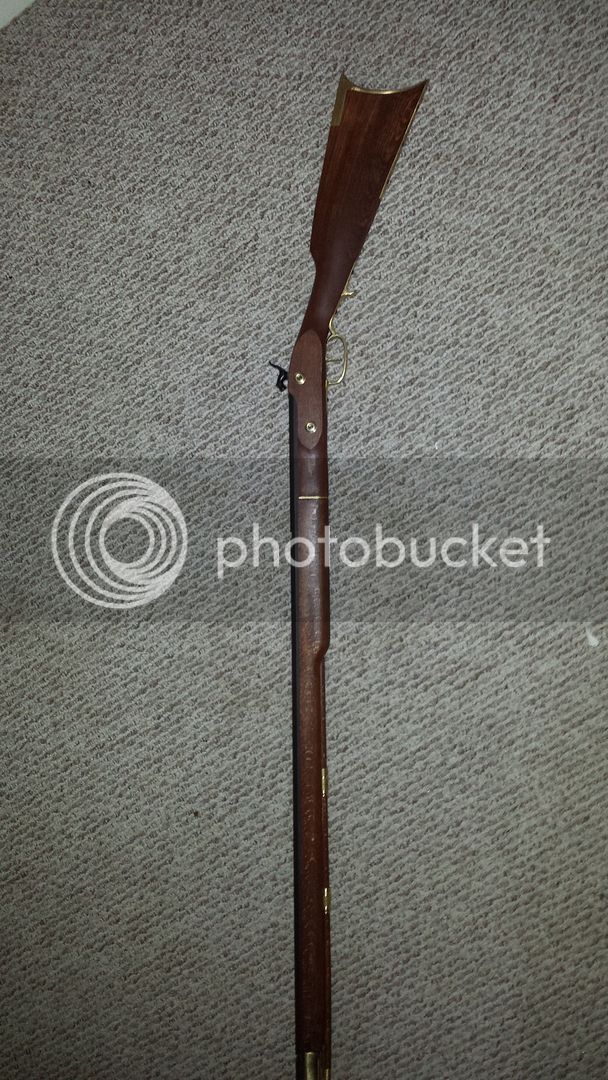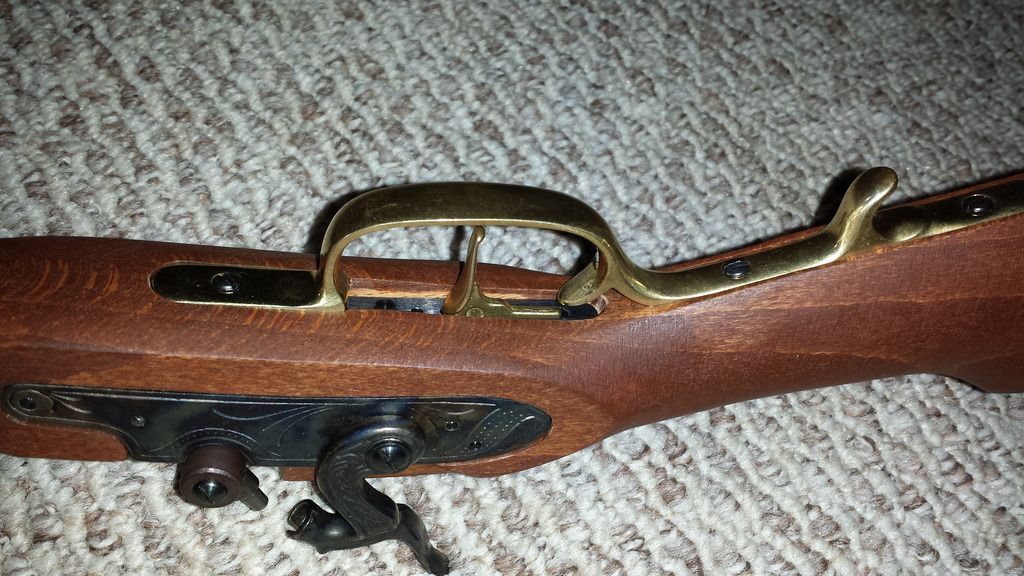So, kinda not my pistol but my rifle too.
Look at my bluing job. The pistol barrel is one I kinda did whatever on, you can see it is more brown and if I had more pictures, you could see the splotchiness. The kentucky rifle barrel though is more darker and matches the blued percussion pieces. I like it.
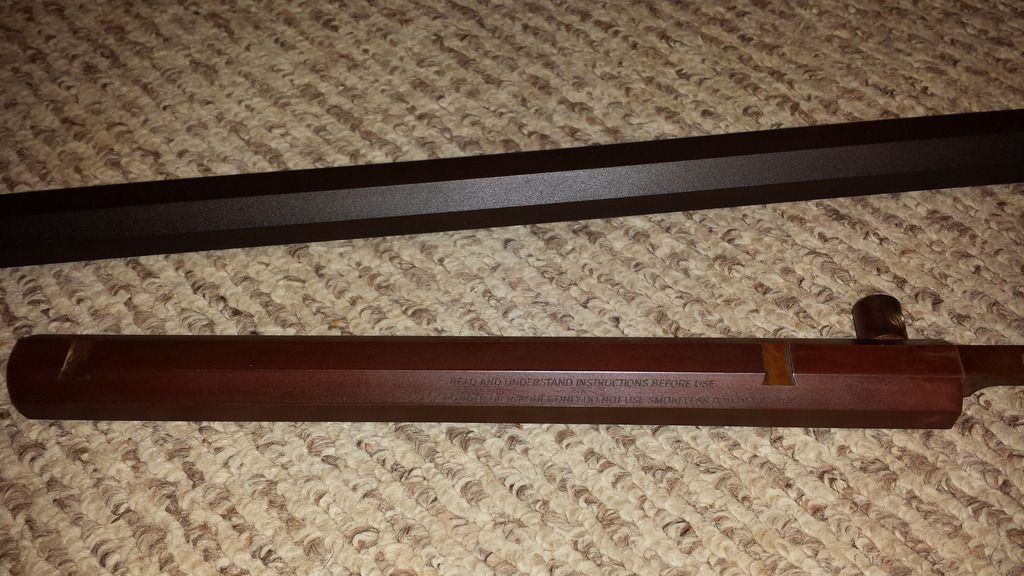
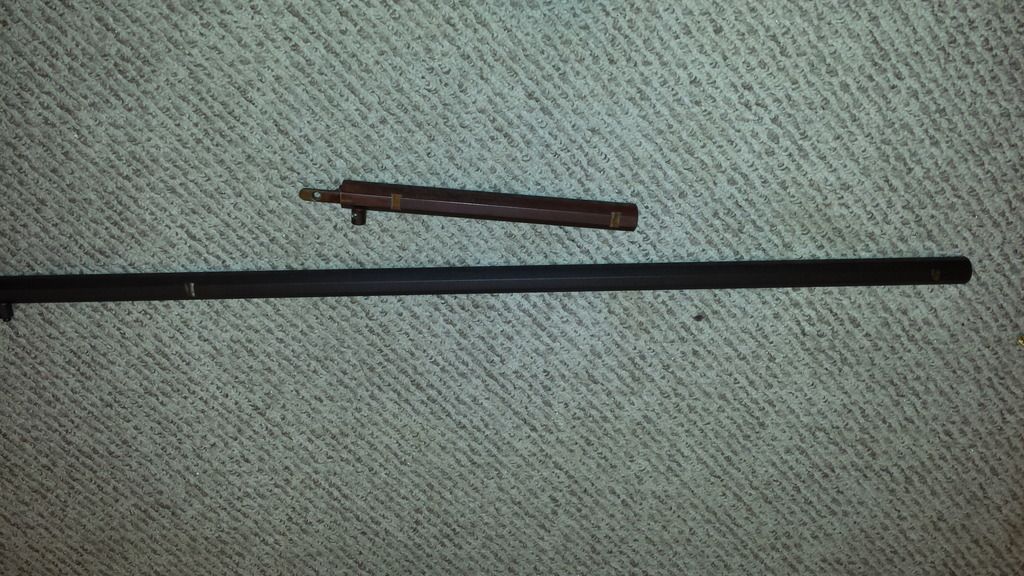
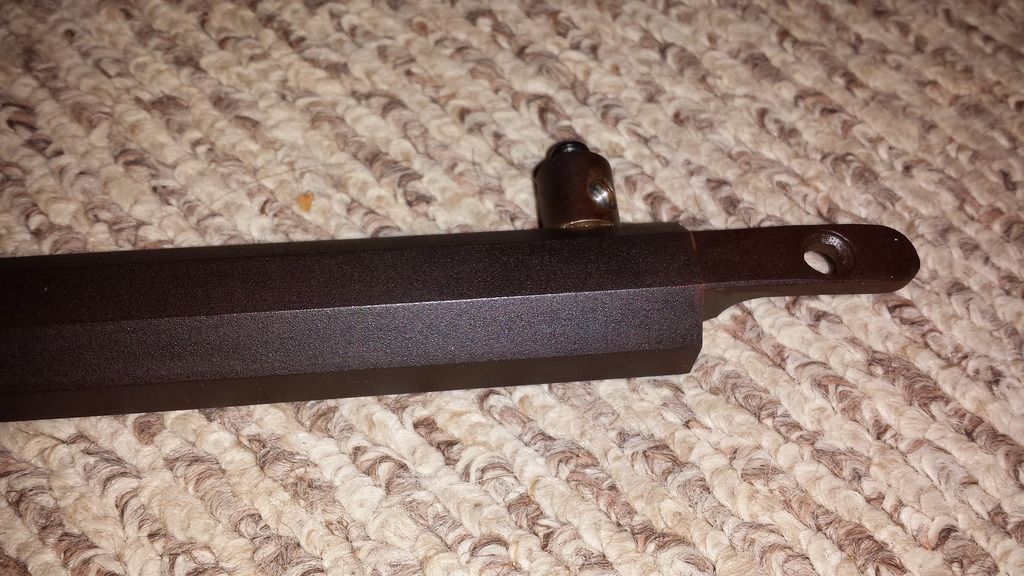
This one is kentucky rifle
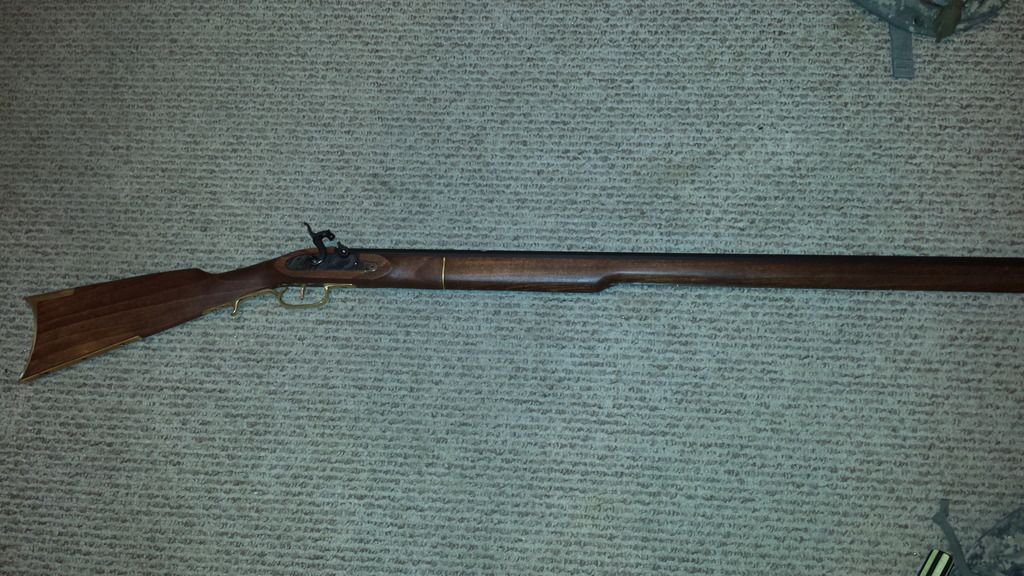
Gun mostly pieced together without the little piece on the bottom of the barrel done.
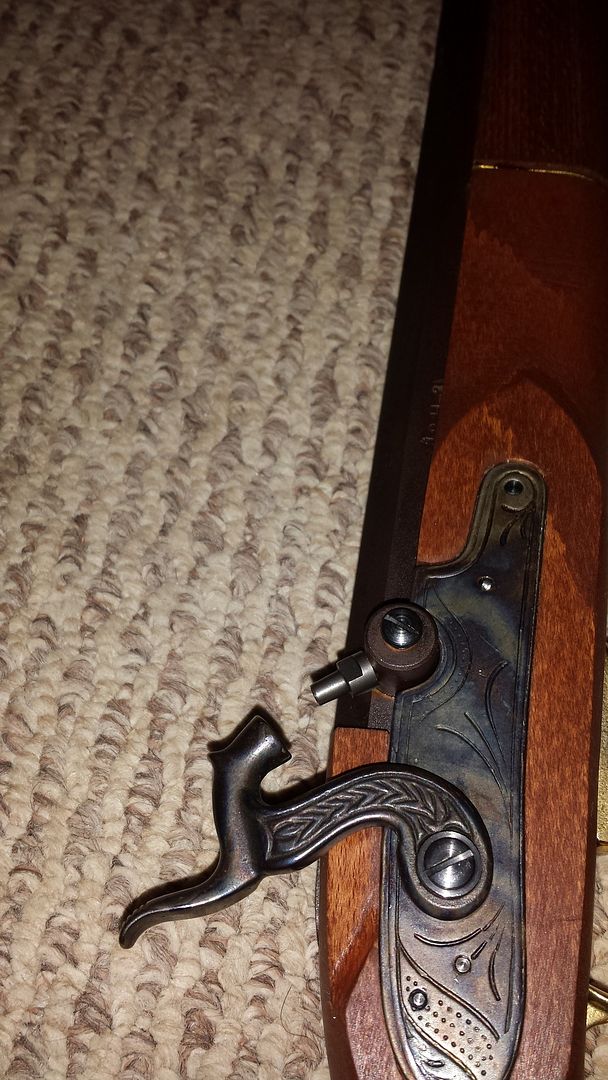
Close up of the blued percussion and the barrel
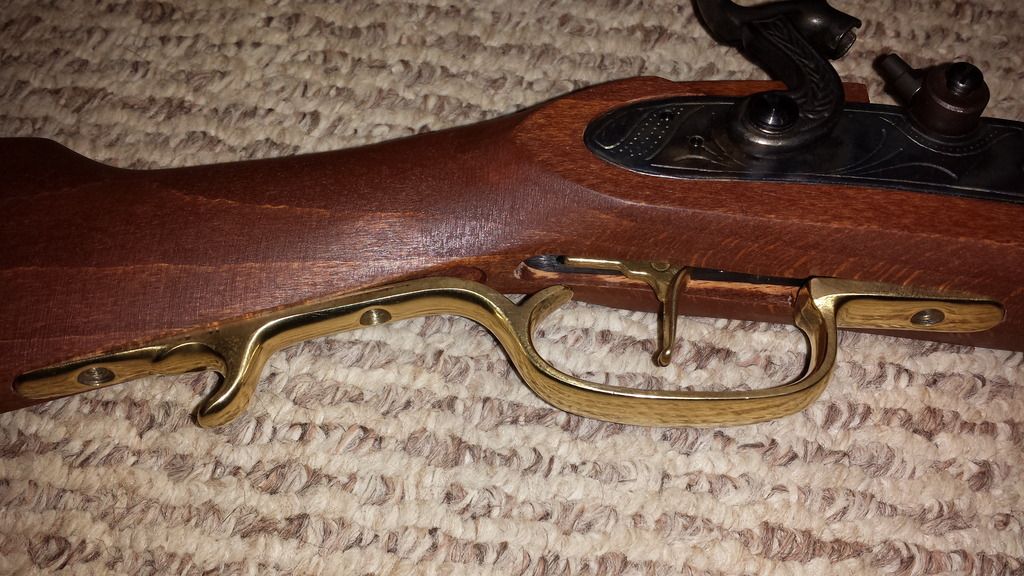
Problem #1 The brass piece does not fit so well.
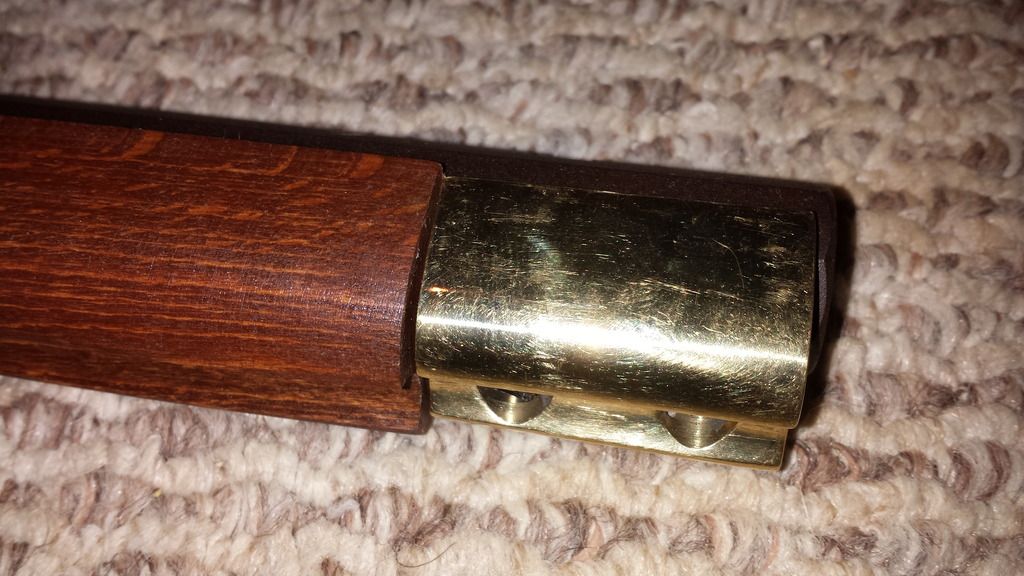
problem #2 For some reason I never measured this and didn't sand it down. The brass piece is not flush with the rifle stock.
So Problem #1, how do I cut into the stock? I just don't know if I should cut longer lengthwise?
Problem #2, should I just resand and reshape?
Since this stock has had tung oil put on, does it matter if I sand down or cut as needed and then am I able to restain?
If I put tung oil on the barrel, and I want to redo the barrel (kentucky pistol) do I need to strip the oil to re-blue it?
Lastly, I didn't make that trigger assembly flush with the wood either.
As much as i'd like to rush to a more expensive project, i'd like to fix these things first.
Any comments would be appreciated.







